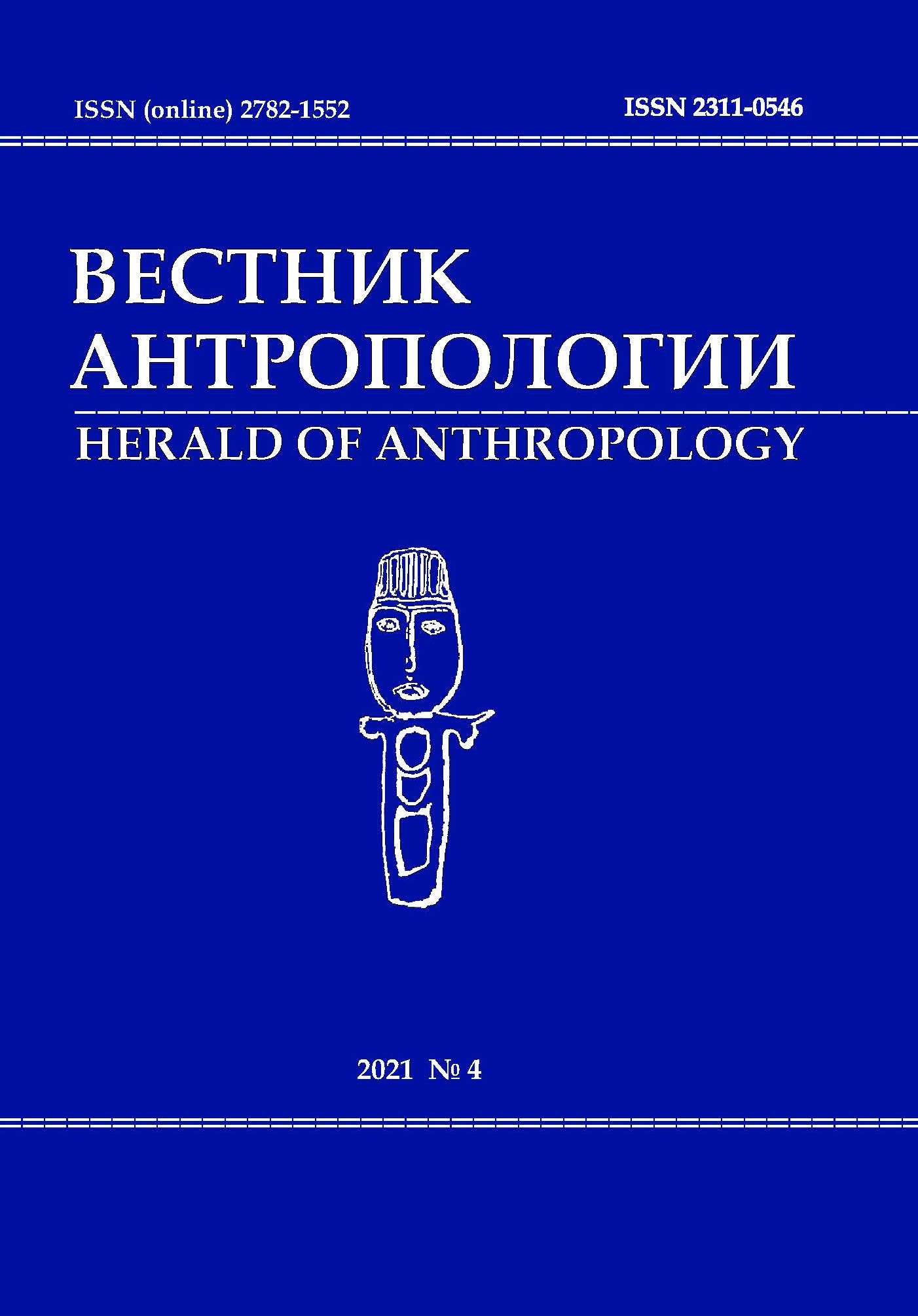The origins of the Scythians: migration or autochthonous origin?
DOI: 10.33876/2311-0546/2021-4/328-356
Abstract
The article discussed the sharply debated issues of the origins of the Scythians. The study aims to verify the Central Asian and autochthonous hypotheses about the origins of the Scythians based on paleoanthropological data by systematizing and interpreting the results of craniometric analyses of the structure and directions of internal and external connections of the cranial samples of the Black Sea Scythians and identifying their anthropological composition as evidence of their origins. The research object is the cranial samples of the steppe and forest-steppe Scythians of the Northern Black Sea region. Its subject is the connections between the craniological samples of the Scythians as evidence of their origins. The research is based on the published results of multivariate statistical analyses of 120 male cranial samples. A new method for the integrative interpretation of the results of multivariate statistical processing of the craniometric data was developed, combining the four perspectives of the analysis into an integrative one. The Scythian samples were found to be heterogeneous in terms of mongoloid traits and the number and directions of external parallels only in individual subgroups but not in local groups in general. Morphological connections confirm the autochthonous nature of twelve Scythian samples. The greatest number of parallels was seen with the groups of the Timber-grave culture. Five Scythian samples differed from the rest, having morphological connections exclusively with the eastern groups of the Early Scythian and Scythian periods. This finding suggests they were formed in more eastern territories (the Lower Volga region, Southern Urals, Central Asia and southern Siberia) and migrated to the Northern Black Sea region directly in the Scythian era.





















